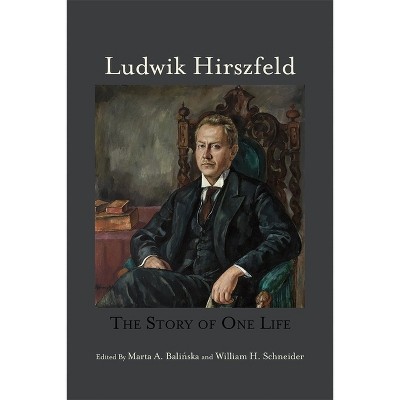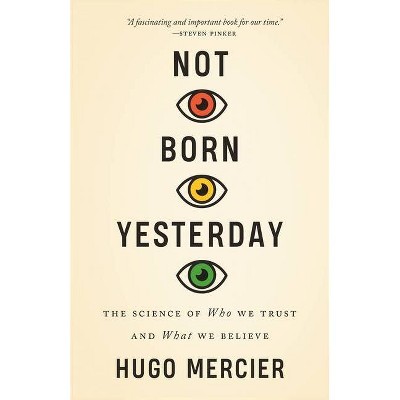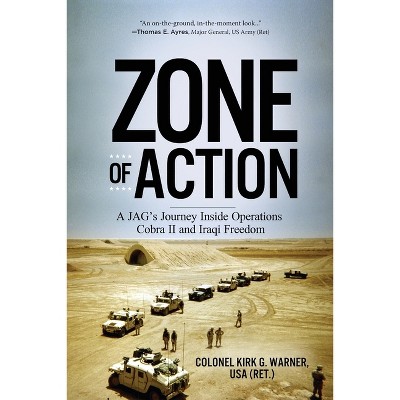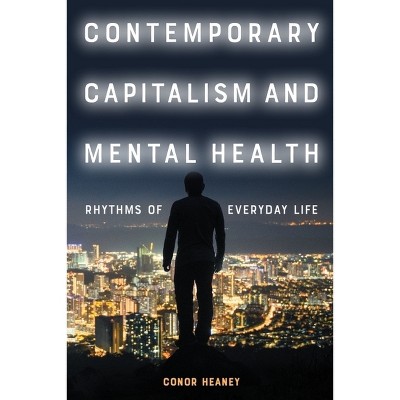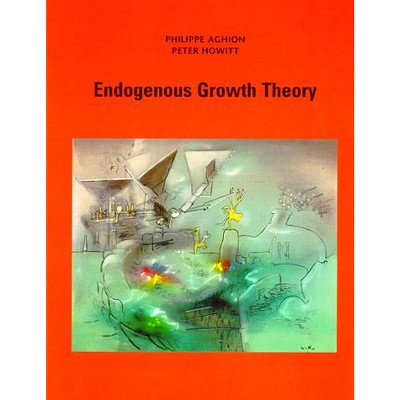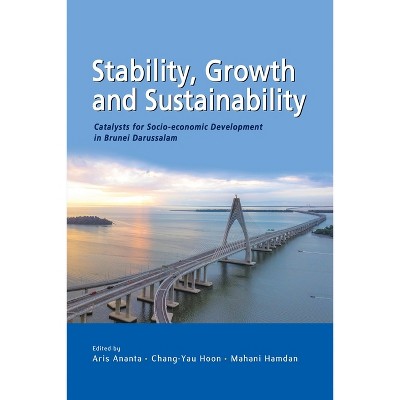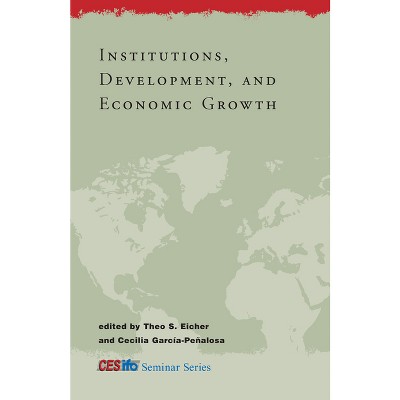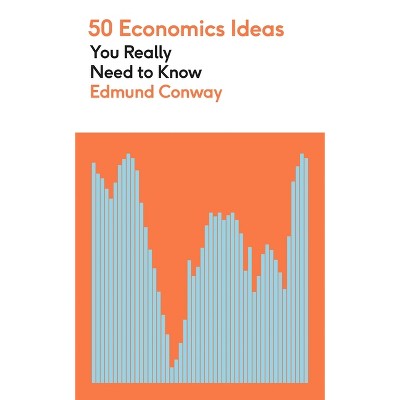Sponsored

How Growth Really Happens - by Michael Best
In Stock
Sponsored
About this item
Highlights
- A groundbreaking study that shows how countries can create innovative, production-based economies for the twenty-first century Achieving economic growth is one of today's key challenges.
- About the Author: Michael H. Best is professor emeritus of economics at the University of Massachusetts, and has worked on production restructuring projects with the United Nations Industrial Development Organization, the World Bank, and governments in twelve countries.
- 320 Pages
- Business + Money Management, Economics
Description
Book Synopsis
A groundbreaking study that shows how countries can create innovative, production-based economies for the twenty-first century
Achieving economic growth is one of today's key challenges. In this groundbreaking book, Michael Best argues that to understand how successful growth happens we need an economic framework that focuses on production, governance, and skills. This production-centric framework is the culmination of three simultaneous journeys. The first has been Best's visits to hundreds of factories worldwide, starting early as the son of a labor organizer and continuing through his work as an academic and industrial consultant. The second is a survey of two hundred years of economic thought from Babbage to Krugman, with stops along the way for Marx, Marshall, Young, Penrose, Richardson, Schumpeter, Kuznets, Abramovitz, Keynes, and Jacobs. The third is a tour of historical episodes of successful and failed transformations, focusing sharply on three core elements--the production system, business organization, and skill formation--and their interconnections. Best makes the case that government should create the institutional infrastructures needed to support these elements and their interconnections rather than subsidize individual enterprises. The power of Best's alternative framework is illustrated by case studies of transformative experiences previously regarded as economic "miracles" America's World War II industrial buildup, Germany's postwar recovery, Greater Boston's innovation system, Ireland's tech-sector boom, and the rise of the Asian Tigers and China. Accessible and engaging, How Growth Really Happens is required reading for anyone who wants to advance today's crucial debates about industrial policy, climate change, globalization, technological change, and the future of work.From the Back Cover
"Today, when economic and political tremors have shaken many previously unquestioned policy assumptions to their foundations, How Growth Really Happens offers a fresh perspective on issues that could hardly be more relevant. This is a timely book, one that has the potential to become a seminal study of economic growth."--Robert H. Wade, London School of Economics
"By offering illuminating case studies and linking the analysis of production, enterprise, and governance, Michael Best offers a sustained discussion of topics that mainstream economics has tended to neglect. How Growth Really Happens is a highly significant contribution to economics."--Carol E. Heim, University of Massachusetts, Amherst
Review Quotes
"A rare breadth of economic analysis."---Paschal Donohoe, Irish Times
"A wonderful analysis of how regions catch up and shape the industrial frontier through the capability triad."---Rajah Rasiah, Asia Pacific Business Review
"Best discerns and deciphers key economic trends at critical junctures in world history, and we should warmly welcome his willingness to sacrifice many of the sacred cows of economics on the altar of greater understanding."---Michael M. Rosen, Weekly Standard
"Best shows that overlooking production in economics has led to a major misunderstanding of how the economy grows in the real world."-- "Choice"
"Winner of the 2018 Schumpeter Prize Competition, International Joseph A. Schumpeter Society"
About the Author
Michael H. Best is professor emeritus of economics at the University of Massachusetts, and has worked on production restructuring projects with the United Nations Industrial Development Organization, the World Bank, and governments in twelve countries. He is the author of The New Competition and The New Competitive AdvantageShipping details
Return details
Frequently bought together

Trending Non-Fiction






Discover more options


